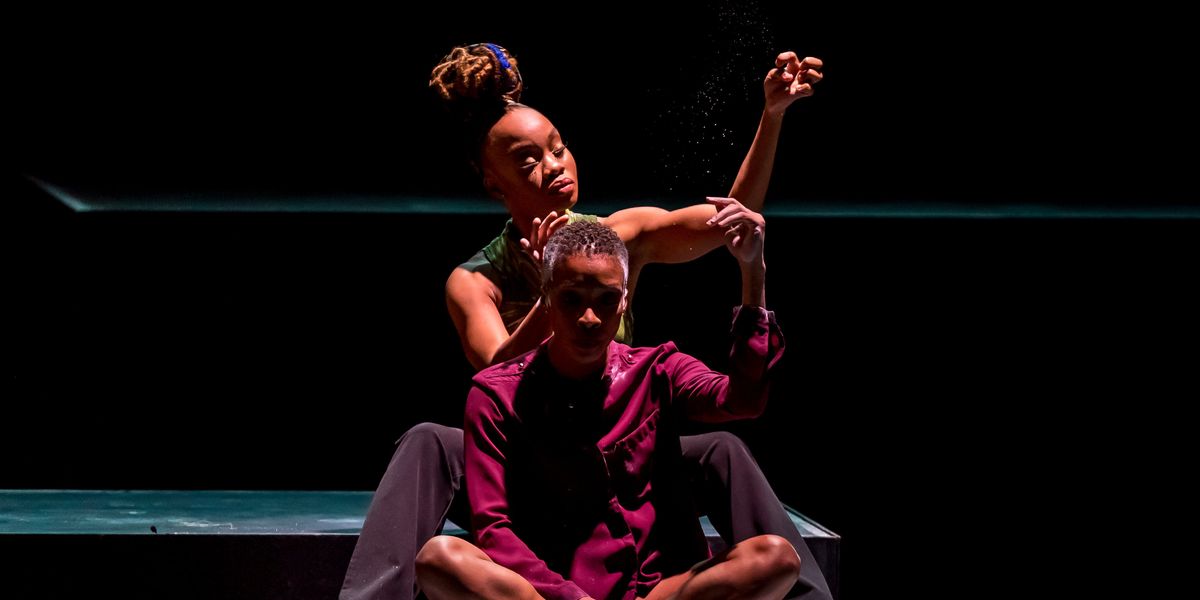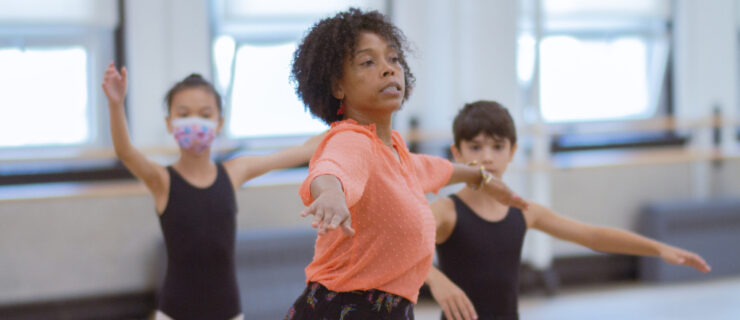Why Don't Concert Dance Productions Have Preview Periods?
Compare the gestation of new works across the performing arts and you’ll find an ingredient mostly missing in concert dance that’s occasionally used in opera and relatively common with plays and musical theater: the preview period. Ranging from a few days to, in the case of Spider-Man: Turn Off the Dark, a record-breaking 182 performances, previews provide extra time for fine-tuning shows after tech and dress rehearsals but before critics can review. (Previews are open to the general public, often at discounted prices.)
“Previews let you see things you might not catch during tech,” says choreographer Camille A. Brown. It may not be clear without an audience that a transition needs to happen more gradually, or that a sight gag needs a specific lighting cue to land. “It’s nice to have the opportunity before you’ve finalized the show to find out whether people will actually laugh at your jokes,” she says.

Brown experienced previews when she choreographed the Broadway production of Once On This Island.
Joan Marcus, Courtesy Brown
Why Doesn’t Dance Have Previews?
Money is a factor. But even a few extra zeroes wouldn’t necessarily change the creative process for concert work, where priorities tend to revolve around giving an idea its fullest expression, not how it will be received by an audience.
Considering the regularity with which choreographers direct their own work, there isn’t the separation of powers that defines the development of new musicals, whose creative teams meet after previews. “In theater, you have so many more cooks in the kitchen,” says Paul Vasterling, artistic director of Nashville Ballet. “In dance, there are far fewer opinions in the mix.”
A Different Kind of Preview
“Because we don’t really have preview periods in dance, we have to make them up ourselves,” says Vasterling, who solicits advice from colleagues outside the dance world. He asked filmmaker Cari Ann Shim Sham for help with the plot of Attitude: Lucy Negro Redux. “Cari Ann could say, ‘That really doesn’t work. Why would that character do that?’ I needed someone who could ask the hard questions.”
He has also learned to start full-costume runs in the studio, so tech and dress rehearsals can focus on staging decisions requiring a crew. “It’s frustrating when you see a piece in the studio and can really connect with the movement, then you see how it’s going to be presented onstage and you think, Oh, god, it’s like someone’s thrown a blanket over it.”
Preview periods barely apply to those who subsist through touring—whose works must be reimagined anew for each venue—or those whose development periods are spread out in time and space. At Bates Dance Festival, director Shoshona Currier says a piece may arrive having been workshopped over the course of four residencies at different incubators. “It all adds up to a preview period of sorts, but it’s happening over a year and change,” Currier says. Then there are the requirements of each residency, like working with a dramaturg or academic, or teaching classes in the community. “That can be supportive, but also hindering for an artist.”

Jonathan Hsu, Courtesy Bates
A Blessing in Disguise
Given the significant financial investment in musicals, there may be forces demanding the chances of failure be minimized. Is it possible, then, that choreographers are protected from the deadening effects of “creativity by committee” and test marketing? “You run the risk of overworking, to the point that all the rawness is gone,” says Brown. “My goal is to make the story clear, but that doesn’t mean the rawness has to go away.”




